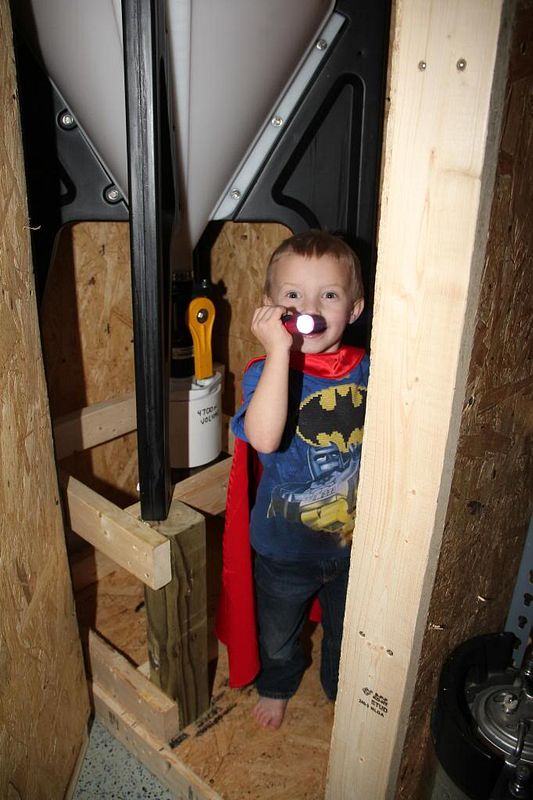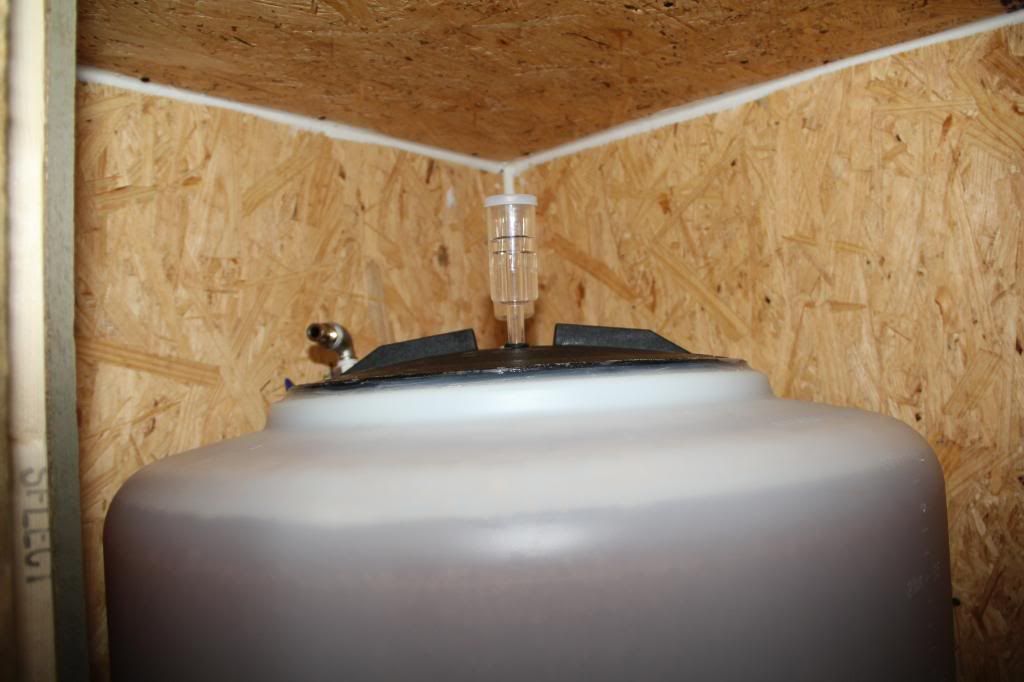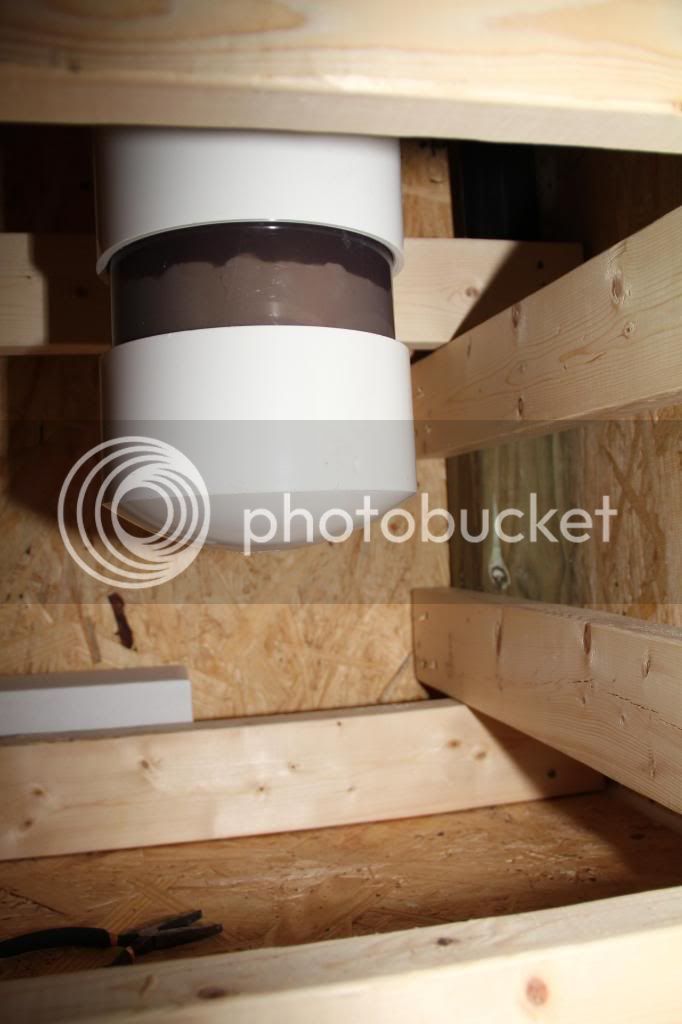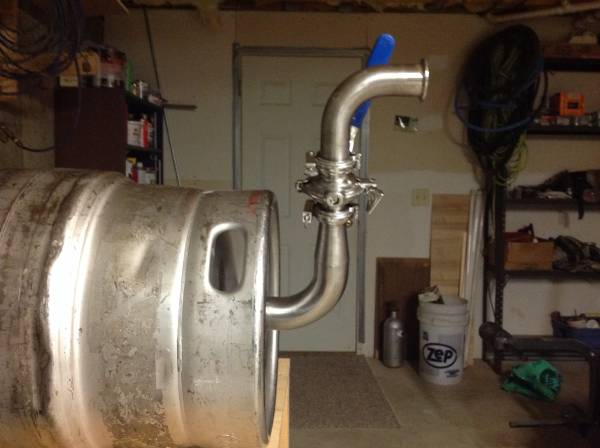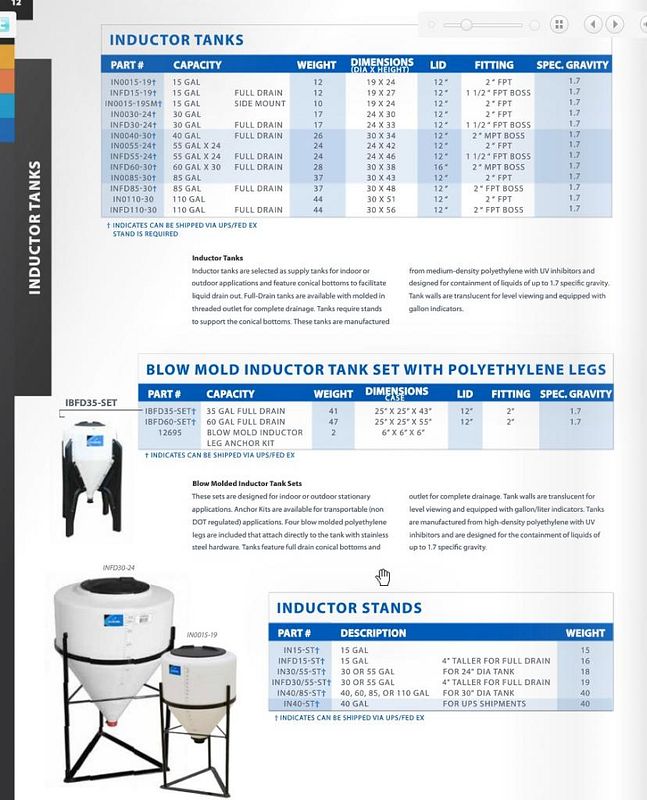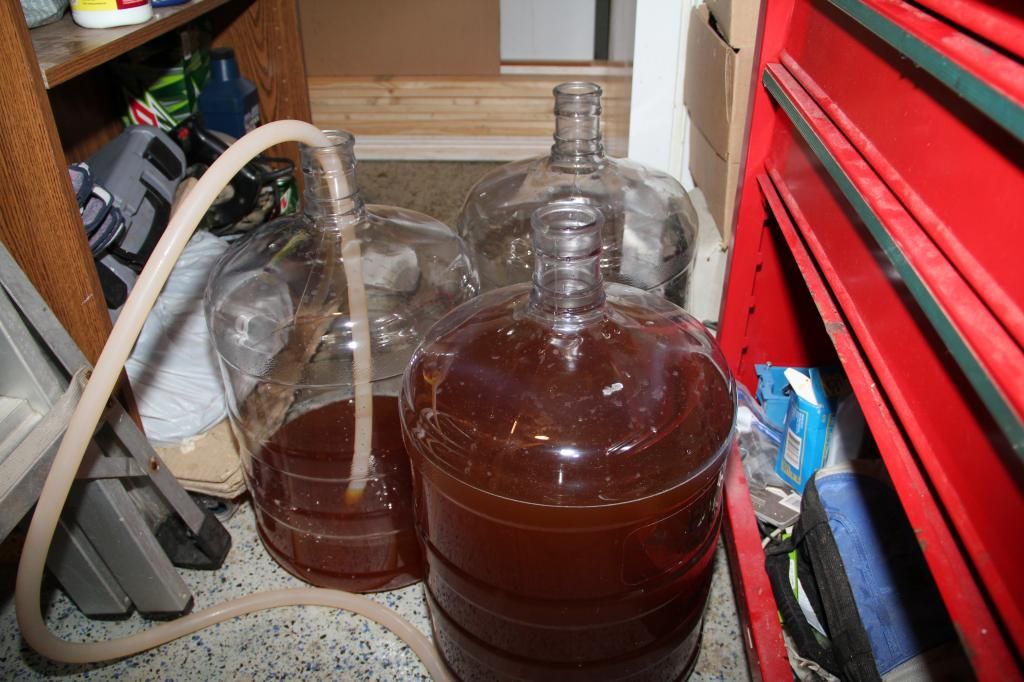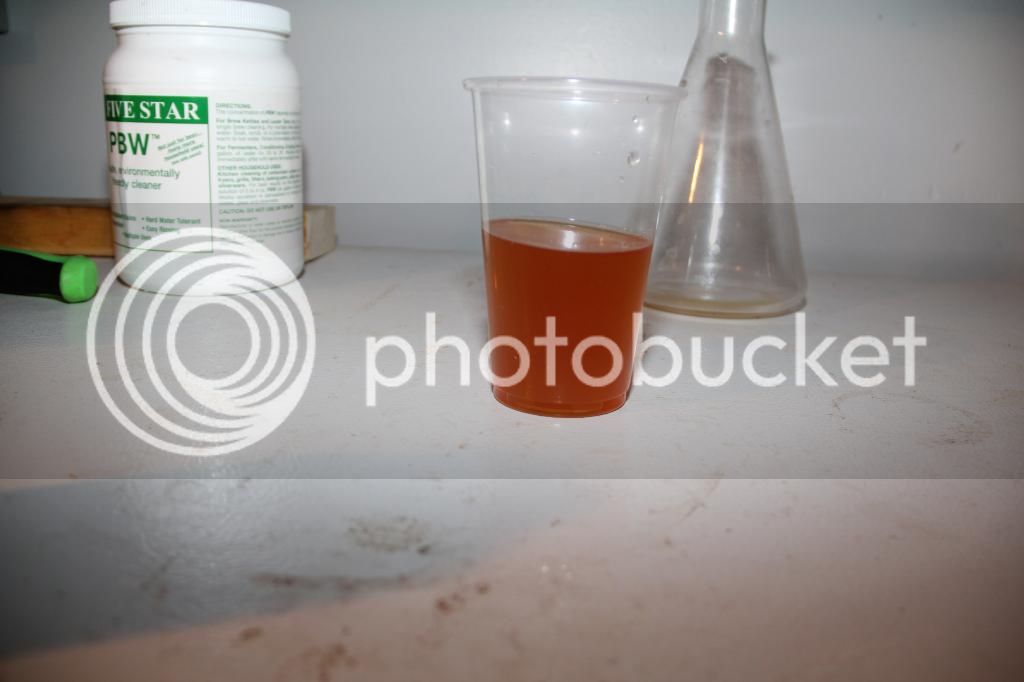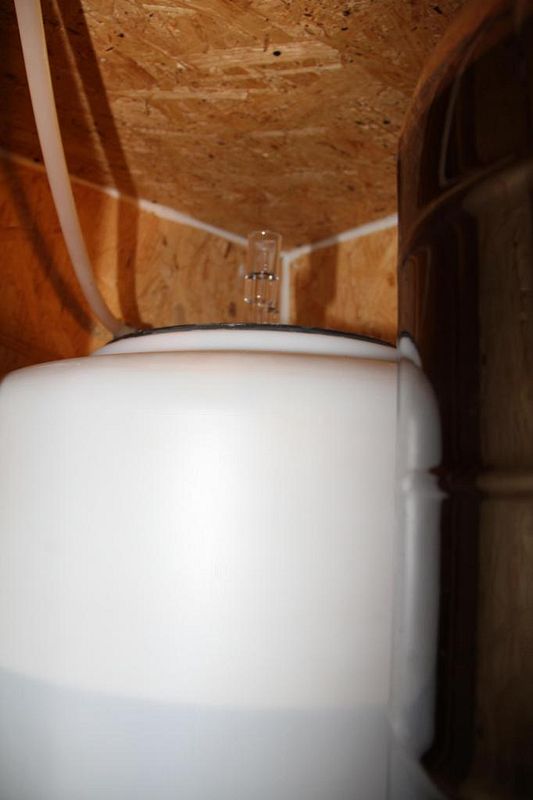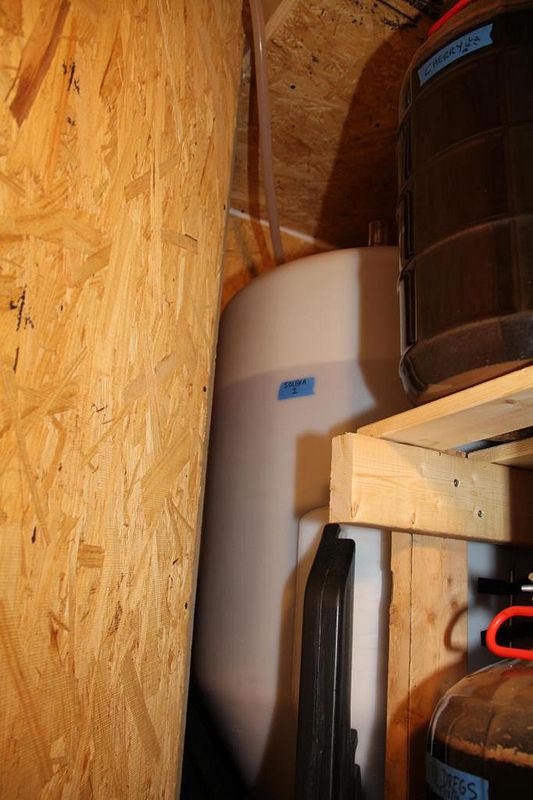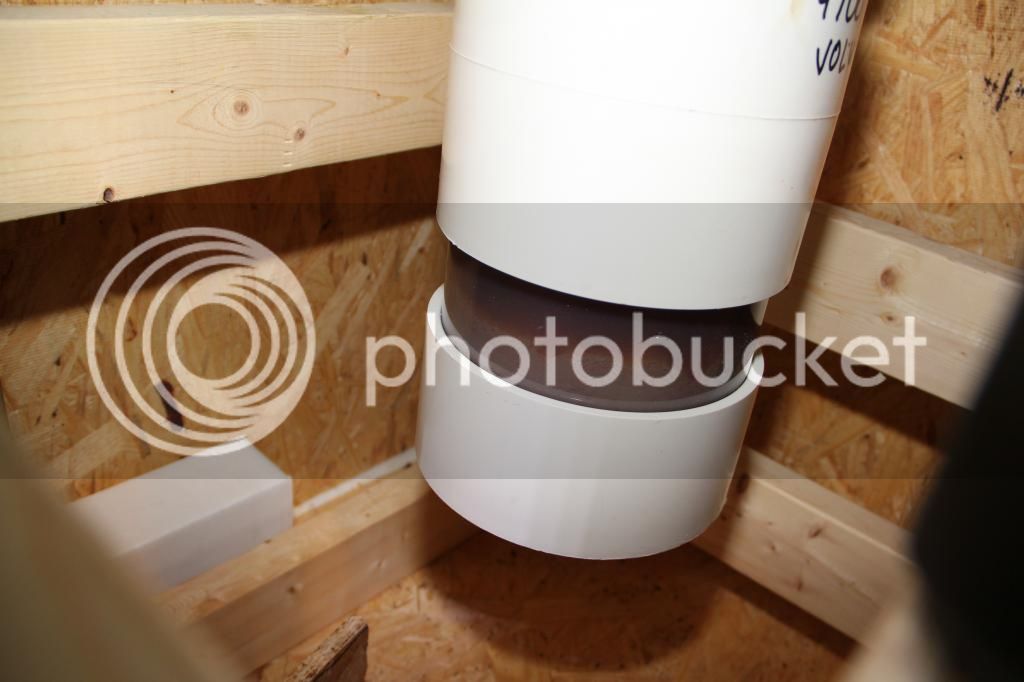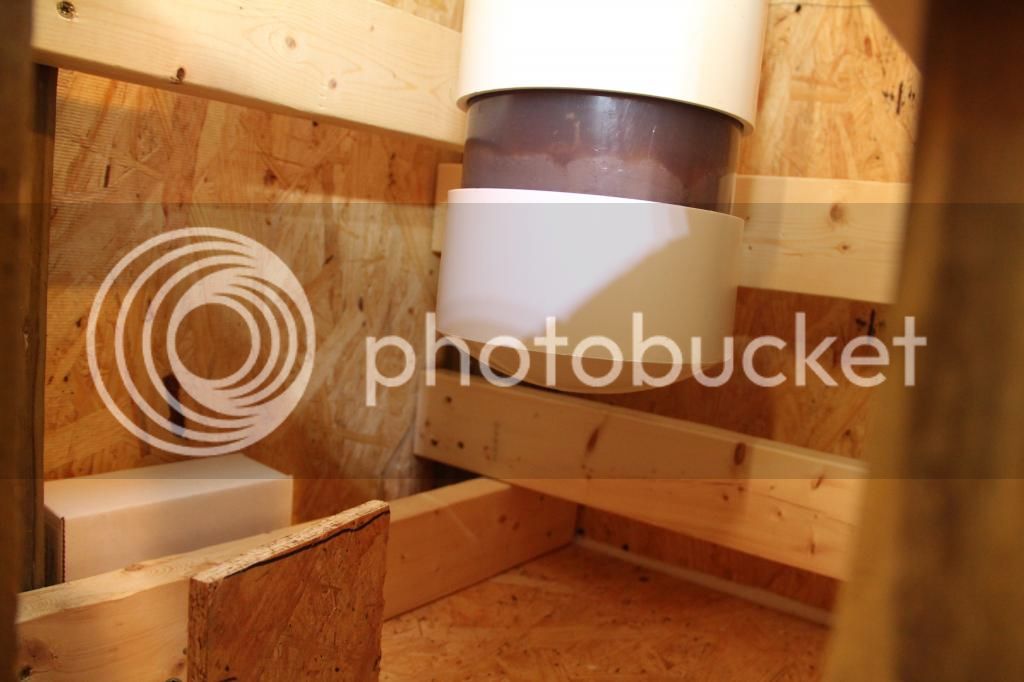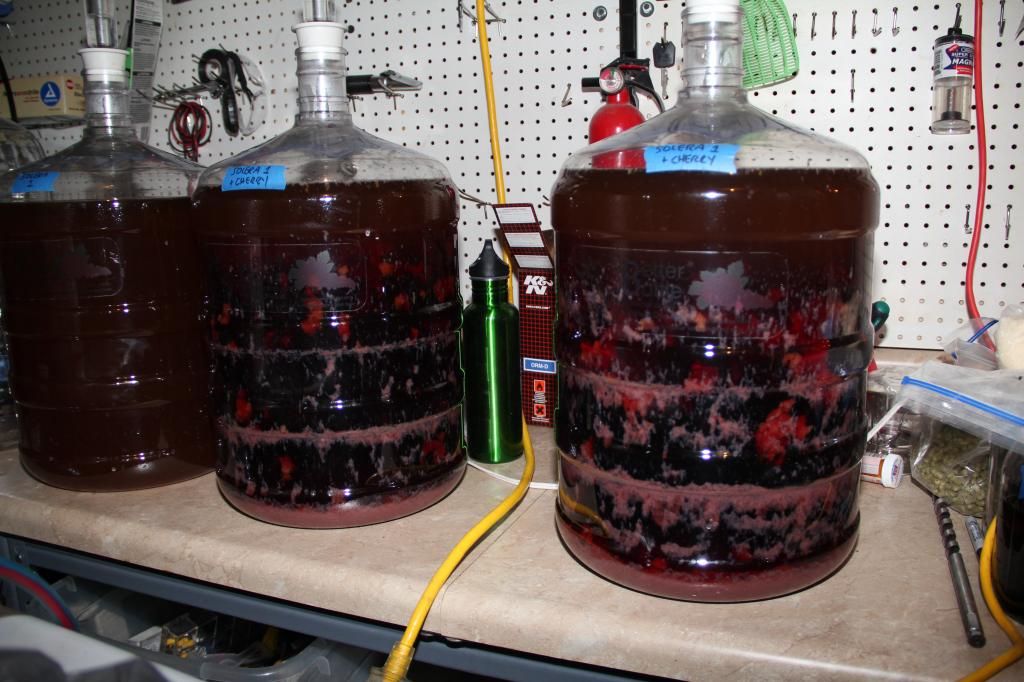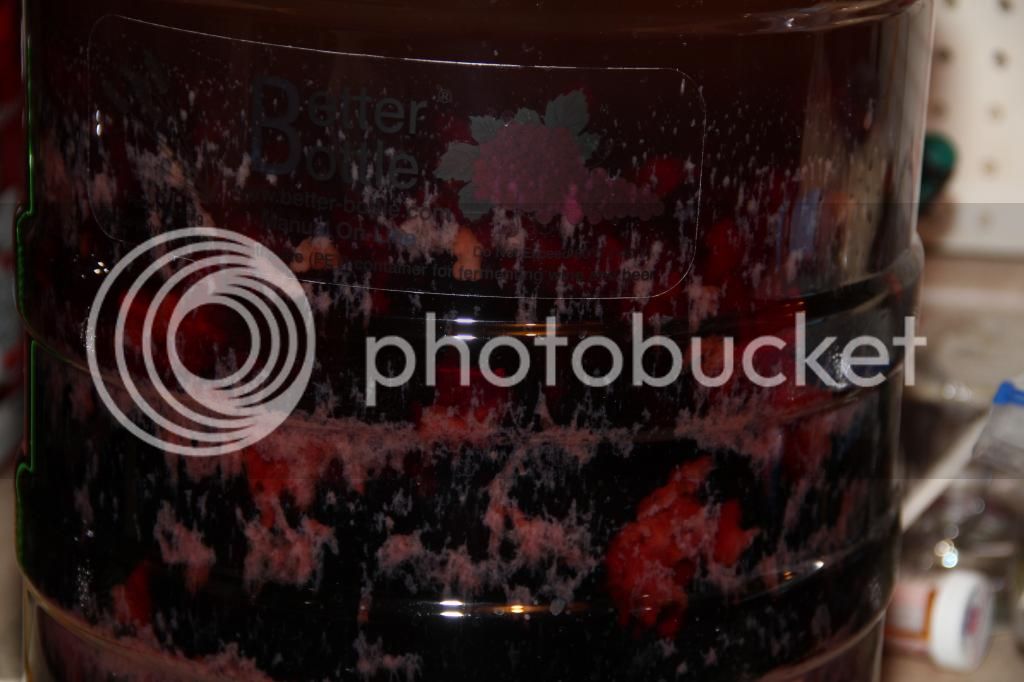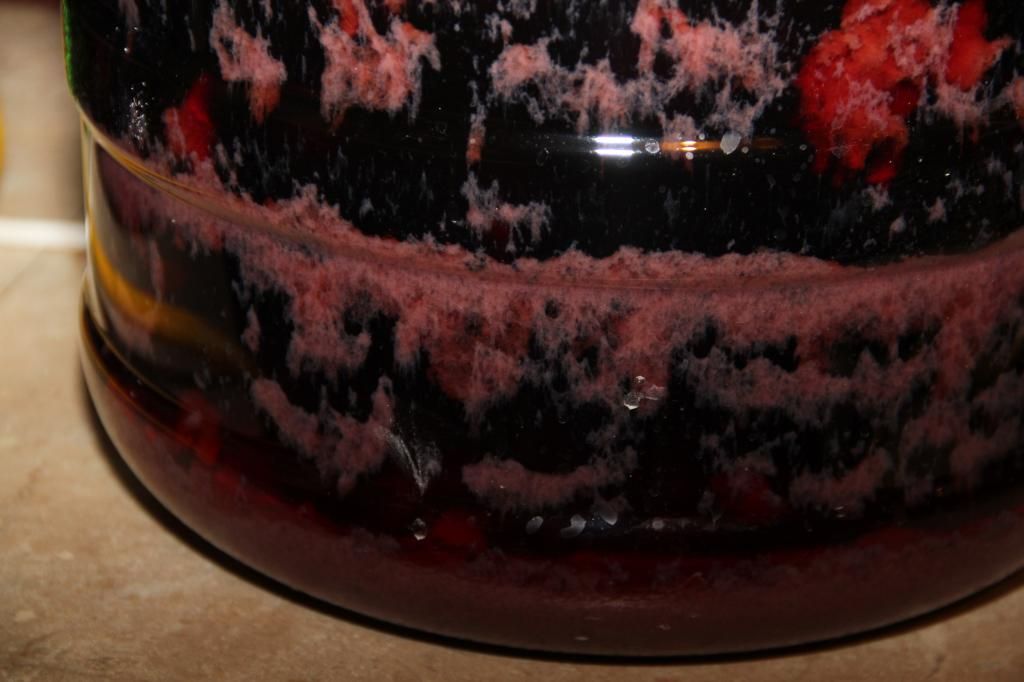He may be thinking that Roeselare has clostridium in it (it does not). As you mentioned Acetobacteria are airborne and all around us, but require the presense of oxygen to produce acetic acid (vinegar). Clostridium can do it anaerobically. The HDPE conicals are rated at 20ppm (barely above a standard barrel and below a small 5 gallon barrel). the MDPE conicals are rated at well over 1000 ppm and are not suitable for sours (they will result in vinegar production).
Roeselare is:
Our blend of lambic cultures produce beer with a complex, earthy profile and a distinctive pie cherry sourness. Aging up to 18 months is required for a full flavor profile and acidity to develop. Specific proportions of a Belgian style ale strain, a sherry strain, two Brettanomyces strains, a Lactobacillus culture, and a Pediococcus culture produce the desirable flavor components of these beers as they are brewed in West Flanders. Propagation of this culture is not recommended and will result in a change of the proportions of the individual components. This blend will produce a very dry beer due to the super-attenuative nature of the mixed cultures.
Origin:
Flocculation: variable
Attenuation: 80%
Temperature Range: 65-85F 18-30C
Alcohol Tolerance: ABV 11%
Styles:
Flanders Brown Ale/Oud Bruin
Fruit Lambic
Gueuze
Straight (Unblended) Lambic
PS - I probably should break this off into it's own thread although blizzard does not seem to have taken offense to my hijack of his 2012 thread. I will be reporting on it year by year to see what happens as you continue to solera in a 60 gallon HDPE conical.






















![Craft A Brew - Safale S-04 Dry Yeast - Fermentis - English Ale Dry Yeast - For English and American Ales and Hard Apple Ciders - Ingredients for Home Brewing - Beer Making Supplies - [1 Pack]](https://m.media-amazon.com/images/I/41fVGNh6JfL._SL500_.jpg)


































